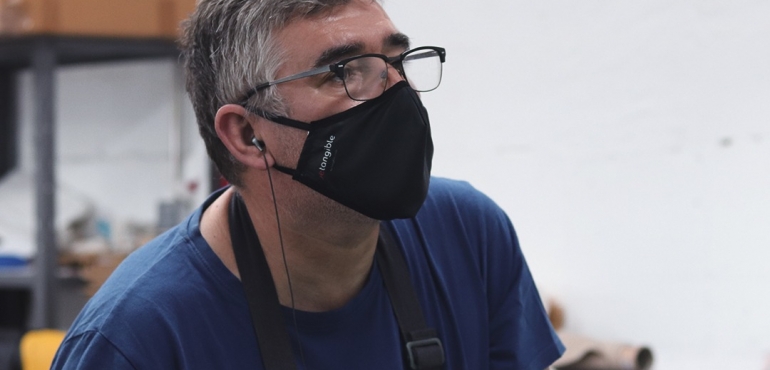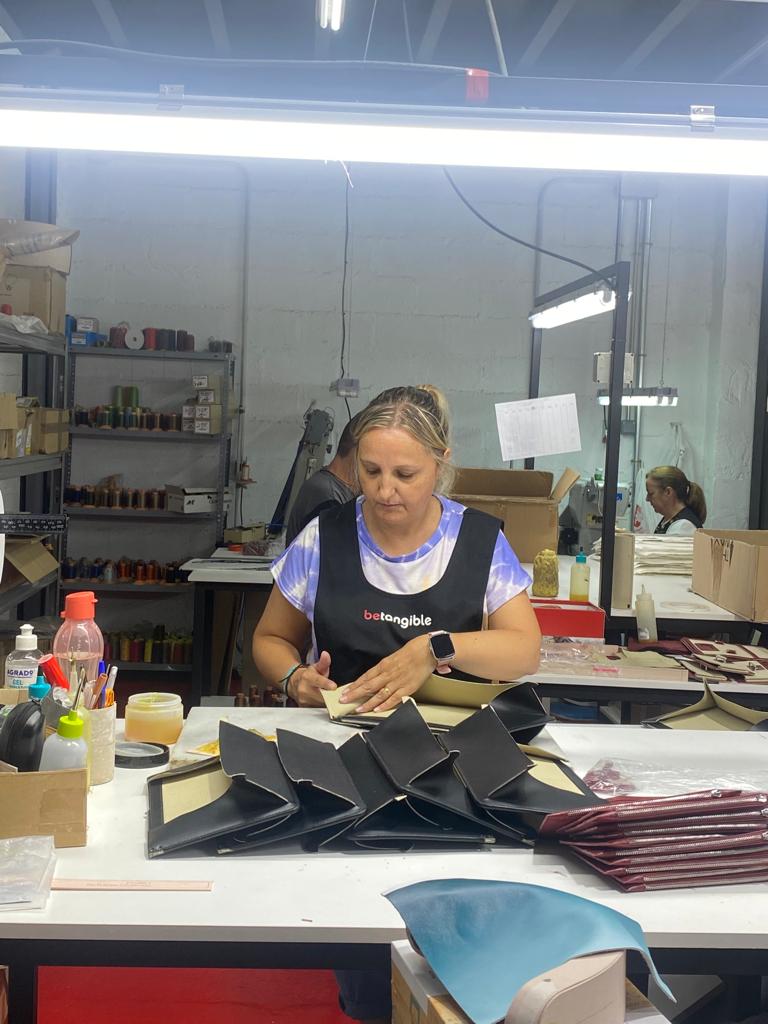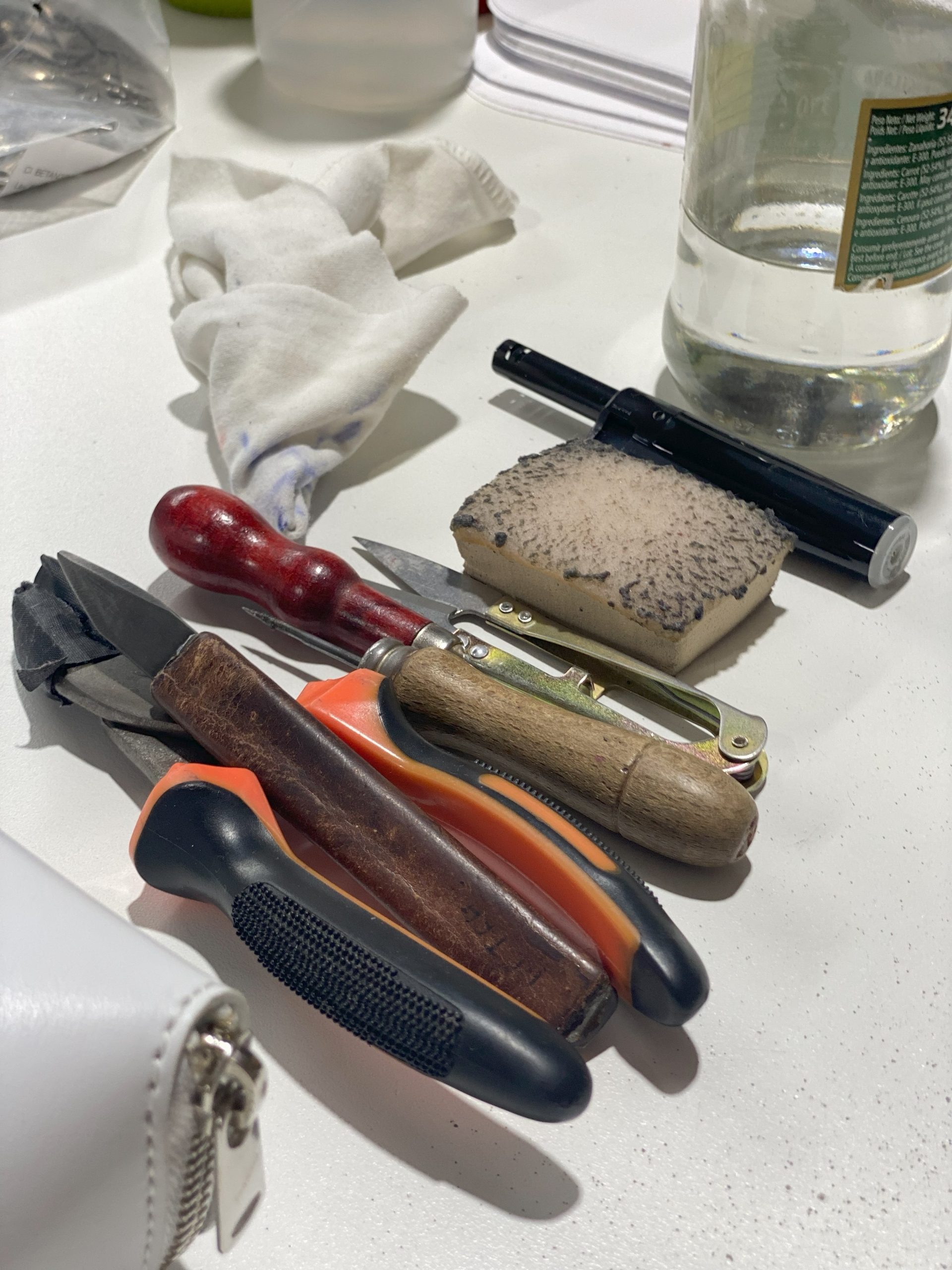The impact of Technology on Craftsmanship (and vice versa)
The world is changing fast. And it’s not just the rapid speed of change that has many people worried about job security in the future, but also the kind of change we will be facing as a consequence of this accelerated rate of progress. In recent years, with the advant and growth of new digital technologies such as artificial intelligence (AI), augmented reality (AR) and virtual reality (VR), Internet-of-things (loT) devices, and 3D printing; processes that were previously manual have been transformed into automated digital workflows. This collaboration between technology and craftsmanship is shaping our future in ways most people don’t even realize – whether we like it or not.
Why does Craftsmanship matter?
Craftsmanship is a way of life. It is a process that starts from the ground up – from the individual and collective hands of those who create. It is a mindset that values the importance of attention to detail, creative problem-solving, and a desire to push the boundaries of what is possible. If you are a craftsperson, you are someone who is passionate about their work and dedicated to the process of honing their skills through practice and refinement. You appreciate the evolution of your craft through experimentation, self-criticism, and a desire to improve upon previous work and designs.
How will VR help advance craftsmanship?
VR and AR have the potential to bring a whole new level of ‘realism’ to the design process, while also improving collaboration within teams. In traditional design workflows, designers build their designs to scale within the software used. And then often have to go back and forth between their computers and the actual physical location where their design will be built. When it comes to AR, AR allows the digital design to become ‘see-through’, and superimposed on the real world as seen through a computer or smartphone screen. This is particularly useful when you’re in the actual location or environment where the design will built, as you can see if your design fits in the space. VR takes this a step further by allowing designers to create and build their designs in an entirely digital environment.
3D Printing and craftsmanship: a match made in heaven.
Today, the speed and efficiency of 3D printing make it a natural choice for prototyping, but what many people don’t realize is that the techonology is also becoming increasingly important for craftsmanship. Today’s high-end 3D printers have the potential to replace manual manufacturing techiniques in the production of a wide range of products, ranging from small items like jewelry, to large-scale industrial parts and tools. The technology has already been implemented in the prodution of a wide range of products. It is only a matter of time before it revolutionizes the production process on a larger scale. To give a few examples, 3D-printed furniture, architectural structures, and large-scale construction tools and machinery are not far off.
The future of craftsmanship is a combination of man and machine. Techonology enhances the process of creating, but does not replace the human element entirely. It is important for designers and engineers to remember that technology is only as good as the people who are behind the machines that are implementing it. The implementation of new technologies mut be done with careful consideration towards the workflow of the individual or team. Designers and engineers must be mindful of how introducing new technologies into their workflows will affect their ability to work quickly, efficiently, and accurately. With that said, technology does not need to be a hindrance to craftsmanship, but can instead be an asset, providing new tools and resources that can help designers and engineers advance their careers through more efficient, streamlined workflows.









There are no comments